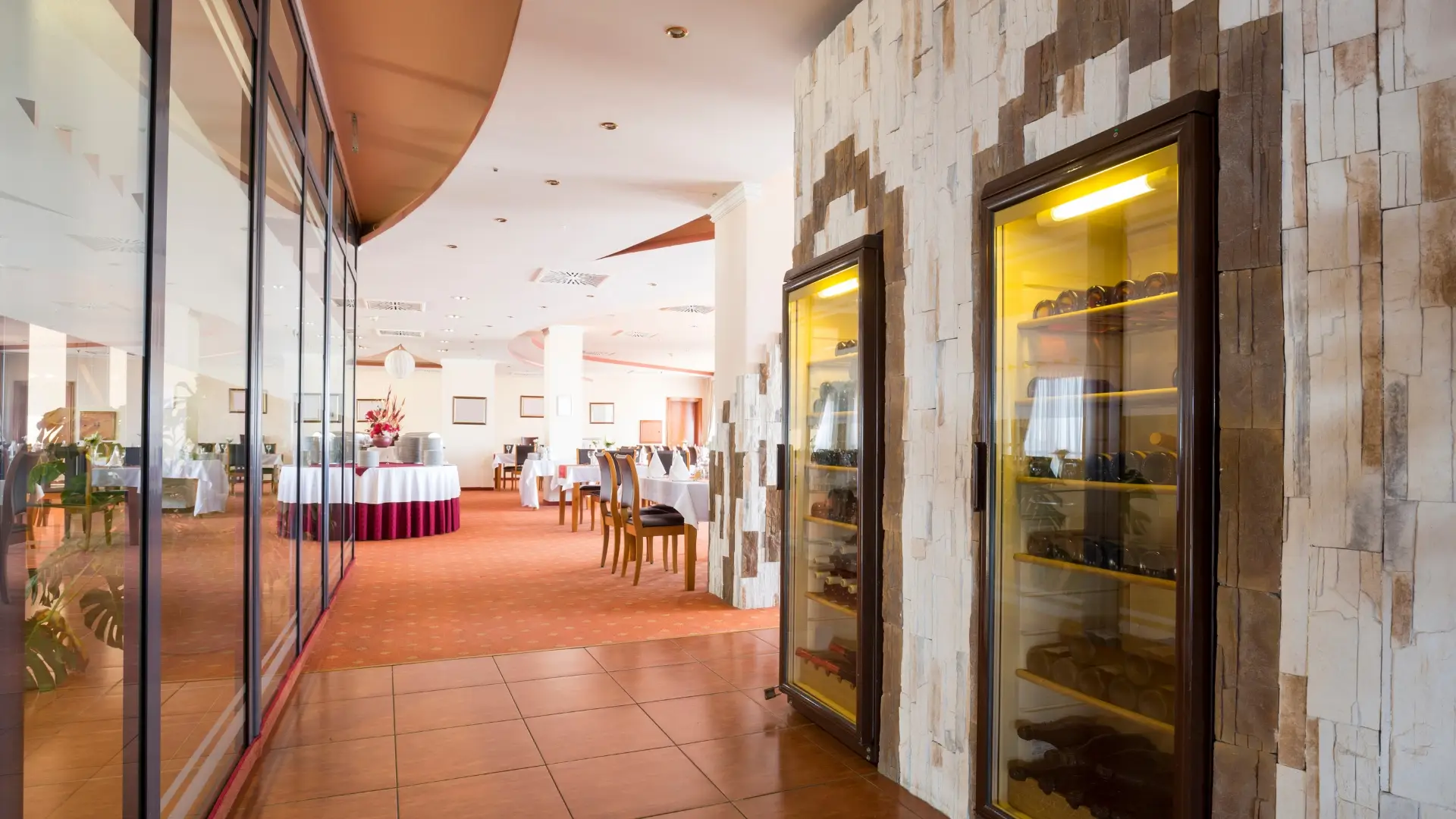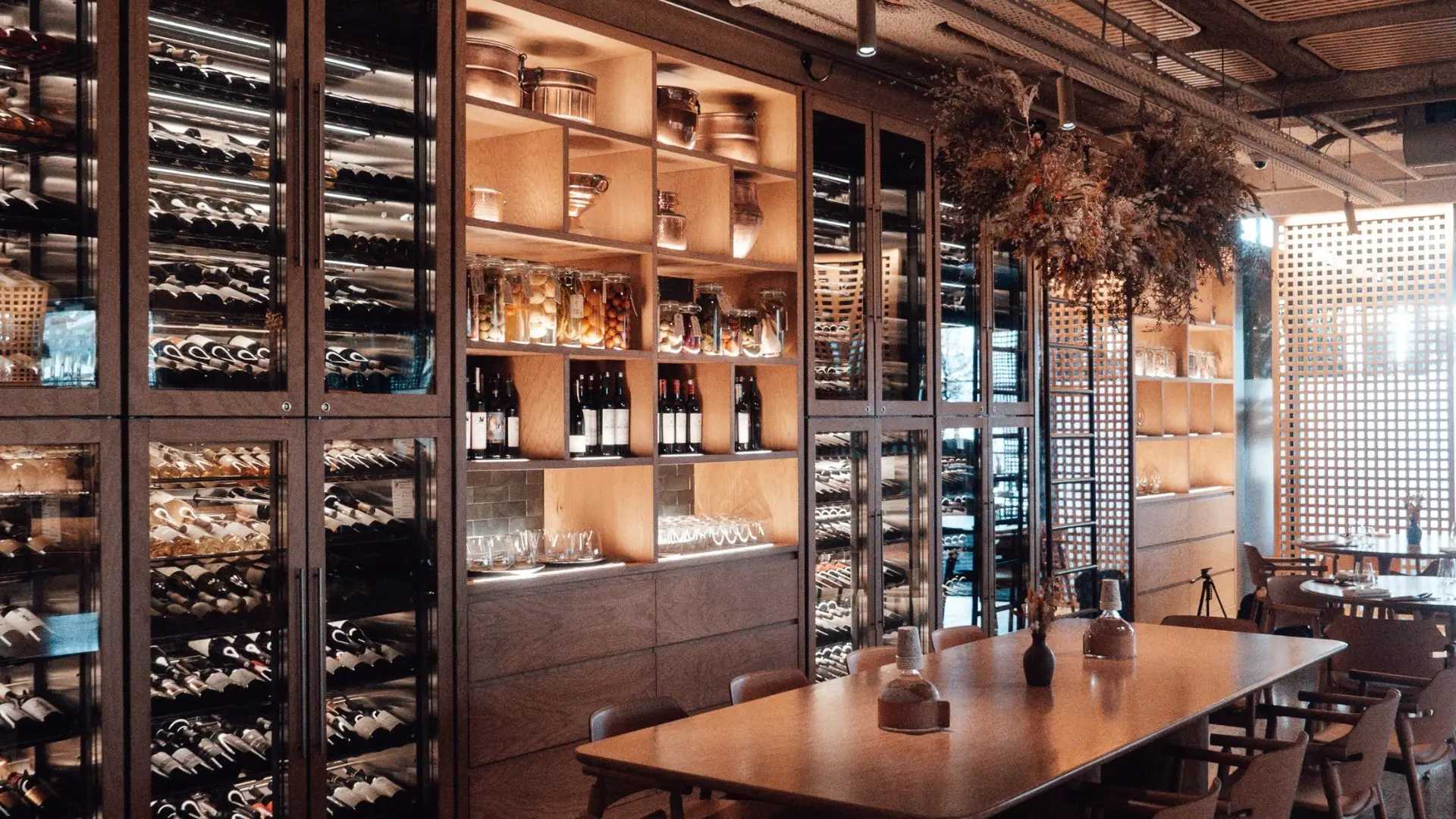For luxury homeowners and wine enthusiasts, creating the perfect wine storage environment is both an art and a science.
As fine wine collections grow in value and sophistication, particularly in climate-challenged regions like Houston and Dallas, proper cooling system requirements have become paramount for preserving these liquid investments.
Why Proper Cooling Matters
Wine is remarkably sensitive to its environment. Temperature fluctuations can significantly impact aging patterns, flavor development, and ultimately, investment value. In premium collections, where bottles can command prices exceeding $10,000, proper storage isn’t just a luxury—it’s a necessity.
Studies show that wine stored above 70°F ages four times faster than wine kept at optimal temperatures, potentially destroying complex flavor compounds that develop during proper aging. For collectors in southern regions, where ambient temperatures regularly exceed 90°F, sophisticated cooling solutions become essential.
Initial Room Assessment
Before selecting a cooling system, evaluating your space is crucial. The room’s location, size, and existing insulation significantly impact system requirements and overall project success.
Insulation Requirements
Modern wine storage demands these minimum R-values:
- Walls: R-19
- Ceiling: R-30
- Floor: R-11 (if above ground)
- Doors: R-4 or higher
For Houston and Dallas properties, where extreme heat is common, exceeding these minimums by 25% is recommended. Vapor barriers are non-negotiable, preventing condensation that could compromise both the room’s structure and the wine’s integrity.
Temperature and Humidity Requirements
Optimal wine storage conditions are precise:
- Temperature: 55-58°F (12-14°C)
- Humidity: 50-70%
- Maximum temperature variation: ±2°F daily
These parameters ensure proper aging while preventing cork degradation and label damage. Modern cooling systems must maintain these conditions consistently, regardless of external weather fluctuations.
Cooling System Options
Three primary cooling systems dominate the market, each suited to different applications:
Through-the-Wall Units
- Best for: Collections under 1,500 bottles
- Installation cost: $1,200-3,500
- Advantages: Self-contained, simpler installation
- Limitations: Higher noise levels, visible hardware
Split Systems
- Best for: Collections of 1,500-4,000 bottles
- Installation cost: $3,500-8,000
- Advantages: Quieter operation, flexible installation
- Limitations: Requires professional HVAC installation
Ducted Systems
- Best for: Collections exceeding 4,000 bottles
- Installation cost: $8,000-15,000+
- Advantages: Nearly silent, completely concealed
- Limitations: Complex installation, highest initial investment
System Sizing Guidelines
Proper sizing involves multiple variables:
- Room volume (cubic feet)
- Insulation quality (R-value)
- External temperature extremes
- Door opening frequency
- Collection size
For precise calculations:
BTU requirement = (Volume × Temperature Differential × 2.5) ÷ Insulation Factor
Professional assessments are strongly recommended for collections valued over $50,000 to ensure optimal protection.
Installation Considerations
Professional installation is crucial for premium wine storage systems. Key considerations include:
- Electrical requirements (dedicated 20-amp circuit minimum)
- Condensation management
- Vibration isolation
- Emergency backup systems
- Smart monitoring integration
Maintenance Requirements
Regular maintenance ensures long-term performance:
Quarterly Tasks
- Filter replacement
- Condensate line cleaning
- Temperature calibration
- Humidity sensor verification
Annual Tasks
- Complete system inspection
- Coil cleaning
- Refrigerant level check
- Control system updates
Expert Solutions
For luxury homeowners in Houston and Dallas, selecting the right cooling system is just the beginning. Professional installation and ongoing maintenance by certified technicians ensure your wine investment remains protected.
Professional Assessment
Before beginning any wine room conversion, schedule a comprehensive assessment to:
- Evaluate room suitability
- Calculate precise cooling requirements
- Review insulation needs
- Develop custom solutions
The Path Forward
Converting a room to wine storage requires careful planning and expert execution. While DIY solutions might seem appealing, the complexity of modern cooling systems and the value of fine wine collections demand professional expertise.
For collectors serious about protecting their investment, partnering with certified specialists who understand both the technical requirements and the nuances of wine preservation is essential.
Need expert guidance for your wine storage project? Contact our certified technicians for an assessment and discover how we can help protect your valuable collection with our industry-leading 2-year warranty on all installations.





